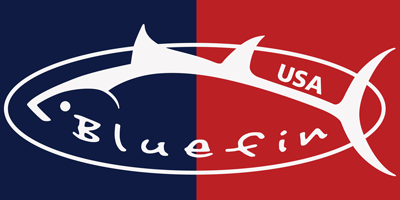Nobuaki Suzuki
Session 3, Talk 4, 18/1/16 @ 1530 hrs
In recent, Next-Generation-Sequencing (NGS) analyses are widely spread for a variety of wild organisms. However, for bluefin tuna species, there is less applications of NGS especially in the field of ecology. What kind of genetic information do we need for science-based management of Pacific bluefin tuna (PBF)? As one of the answers, we started preliminary attempt to implement Close-kin genetics for estimating PBF spawning biomass by using NGS approaches since 2014. In our presentation, we will introduce steady progress in the Japanese Close-kin project. A huge number (> 6,000) of single nucleotide polymorphic markers (SNPs) have been screened from 50 individuals of wild PBF through Restriction-site Associated DNA (RAD) sequencing. Given a level of allelic variability for SNPs based on the result of RAD sequencing, computational simulations have been performed to illustrate how many SNPs should be analyzed to identify parent-offspring pairs exactly on the assumption of an ideal reproductive process. We also started modeling work to import Close-kin information into population dynamics. In the near future, we expect that these genomic data generated by NGS could be integrated with stock assessment of PBF.
Contact: N. Suzuki, National Research Institute of Far Seas Fisheries, Japan Fisheries Research Agency, Japan, This email address is being protected from spambots. You need JavaScript enabled to view it.














